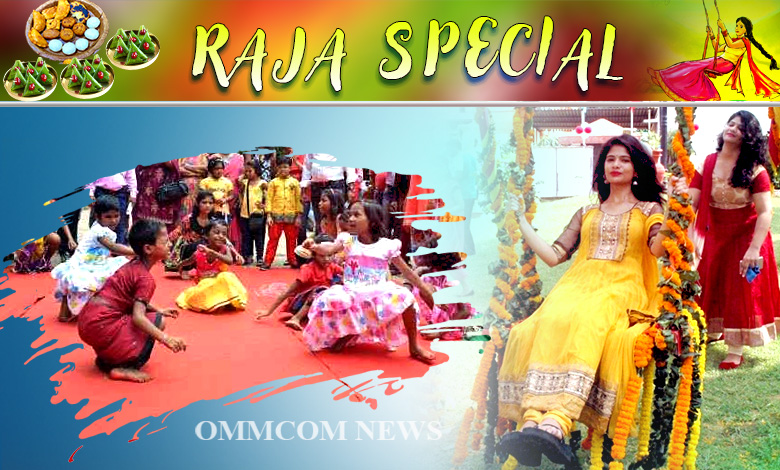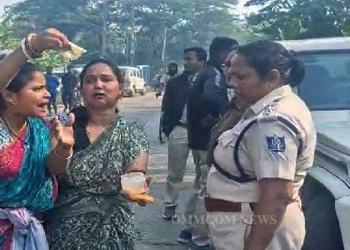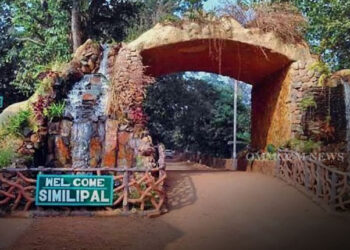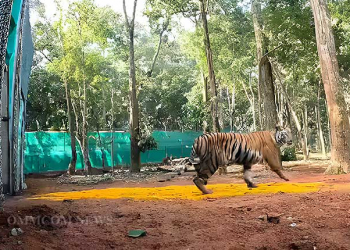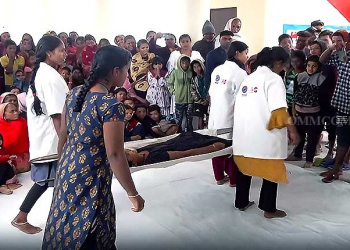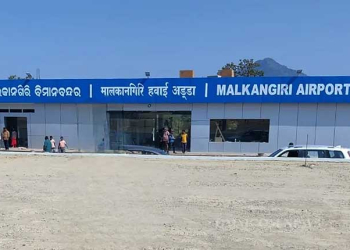Bhubaneswar: The three-day Raja festival is one of the most popular ones celebrated at the onset of monsoon in Odisha. The festival is observed to celebrate womanhood. It is an amalgamation of tradition along with fun, frolic, and delicacies. This three-day event marks the period of fertility regeneration of the earth, equivalent to the menstrual cycle which women undergo.
Raja is an abbreviation used for Rajaswala (meaning a menstruating woman) and is celebrated across Odisha and Odias living outside. It signifies the menstrual cycle of the earth similar to that of a woman. Similar to women, the earth is considered to be in a latent stage during these days. This resting period of the earth is when all agricultural activities are forbidden.
The first day, termed Pahili Raja is celebrated on the last day of Jyestha month while the second day is the first day of Mithuna month, marking the arrival of rains. The concluding day is named in local dialect as Bhuin Dahana popularly known as Sesa Raja (last day). However, the festival in some parts of the regions actually ranges for a period of four days with the inclusion of the fourth day termed as Basumata Puja or Basumata Gadhua (Bathing & praying of mother earth).
The beautiful festival is all about food and one thing that instantly comes to our mind is Poda Pitha. The aroma and taste of the particular pitha is so alluring that it happens to be Lord Jagannath’s favorite and is savored by him each time after having the meal. Other than the poda pitha delicacies like Arisa pitha, Mutton curry, and Raja Pana makes it one of the dearest and special festivals in every Odia household.
Not in many parts of the country except Odisha, celebrate this festival and it is even unknown to many. An important aspect of this Raja festival is offering gratitude to mother nature for her contribution to human life. Humans are responsible for good health of nature. This mutual relation is very essential for sustainability and protection of nature.



